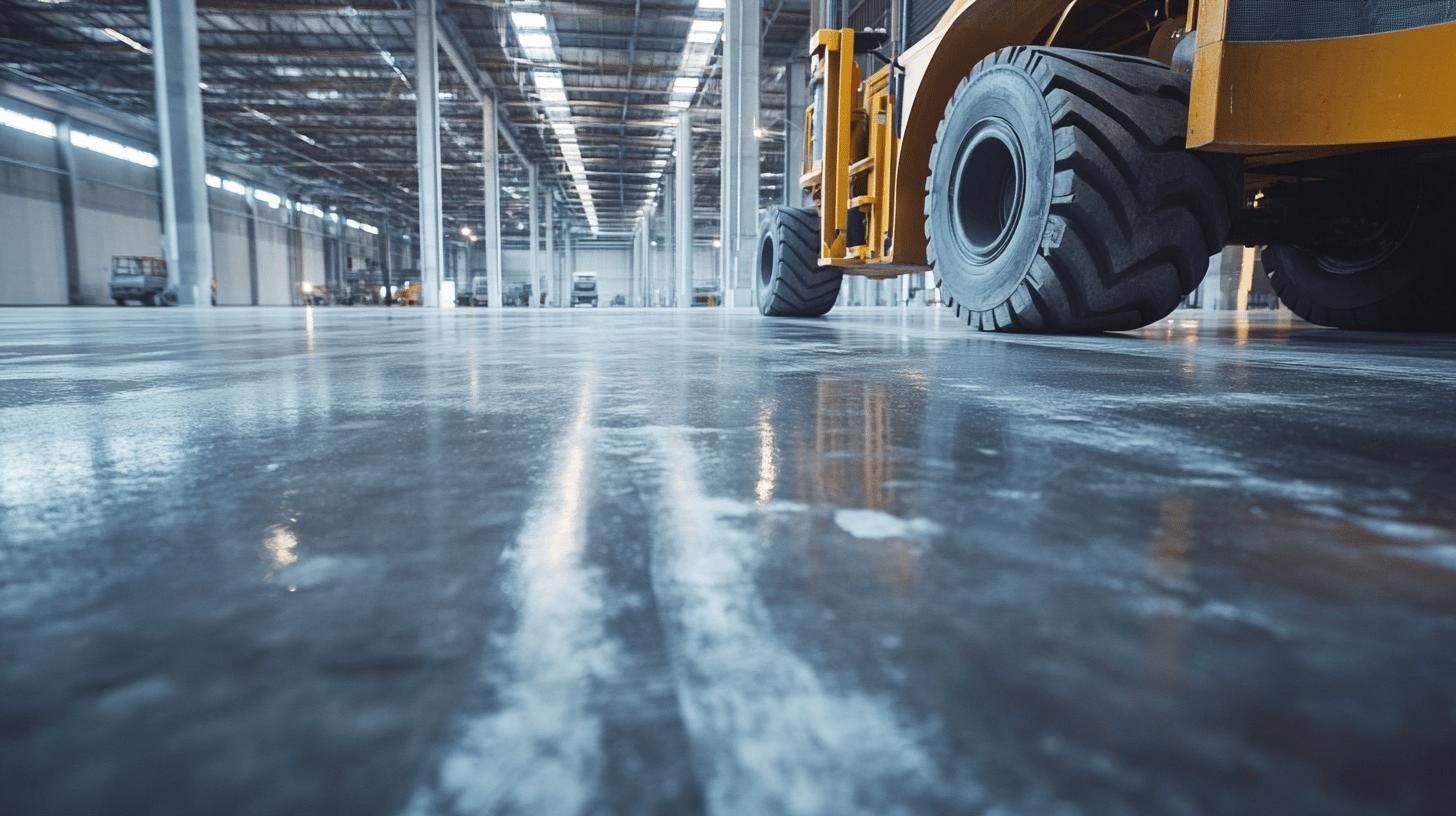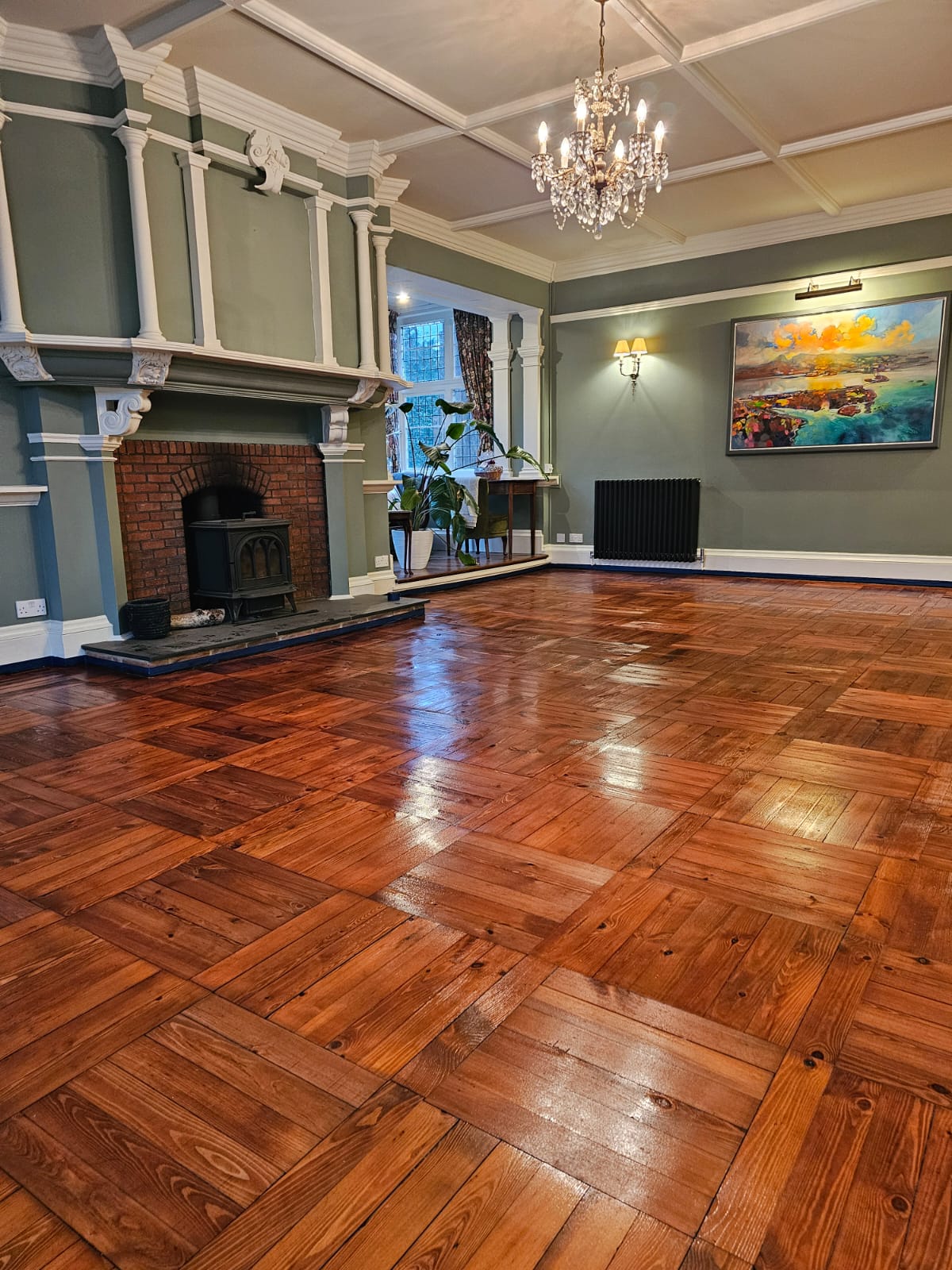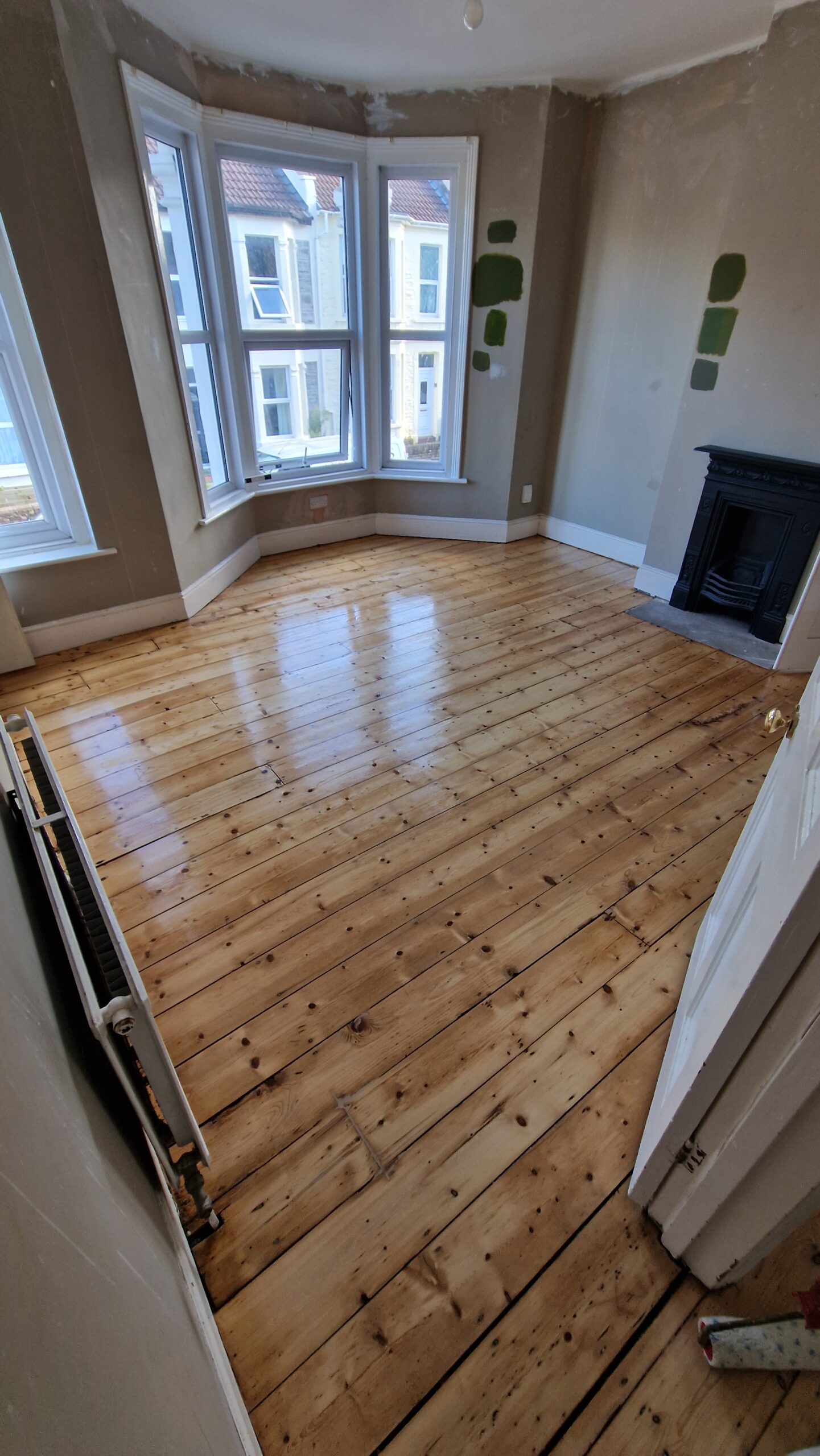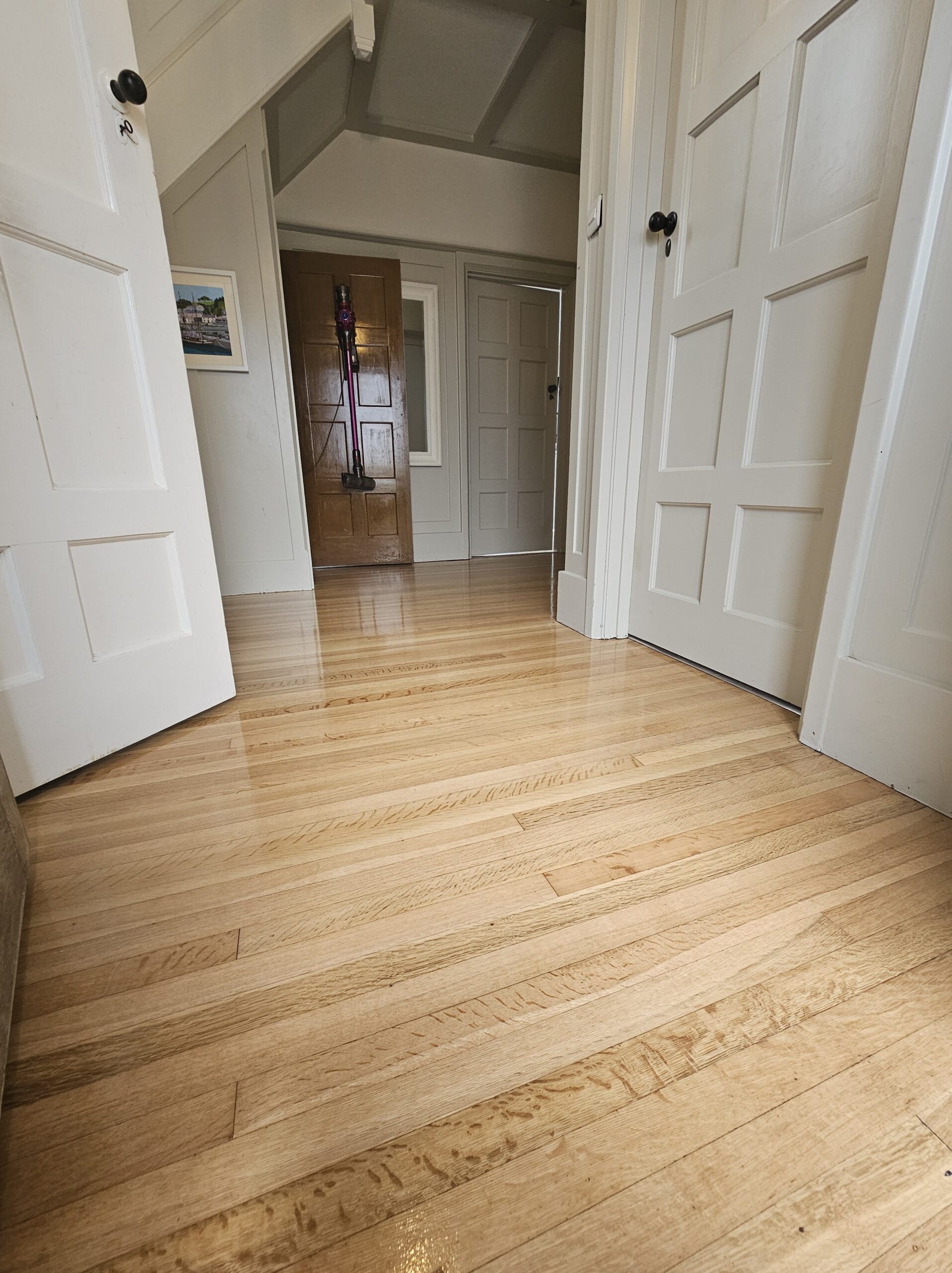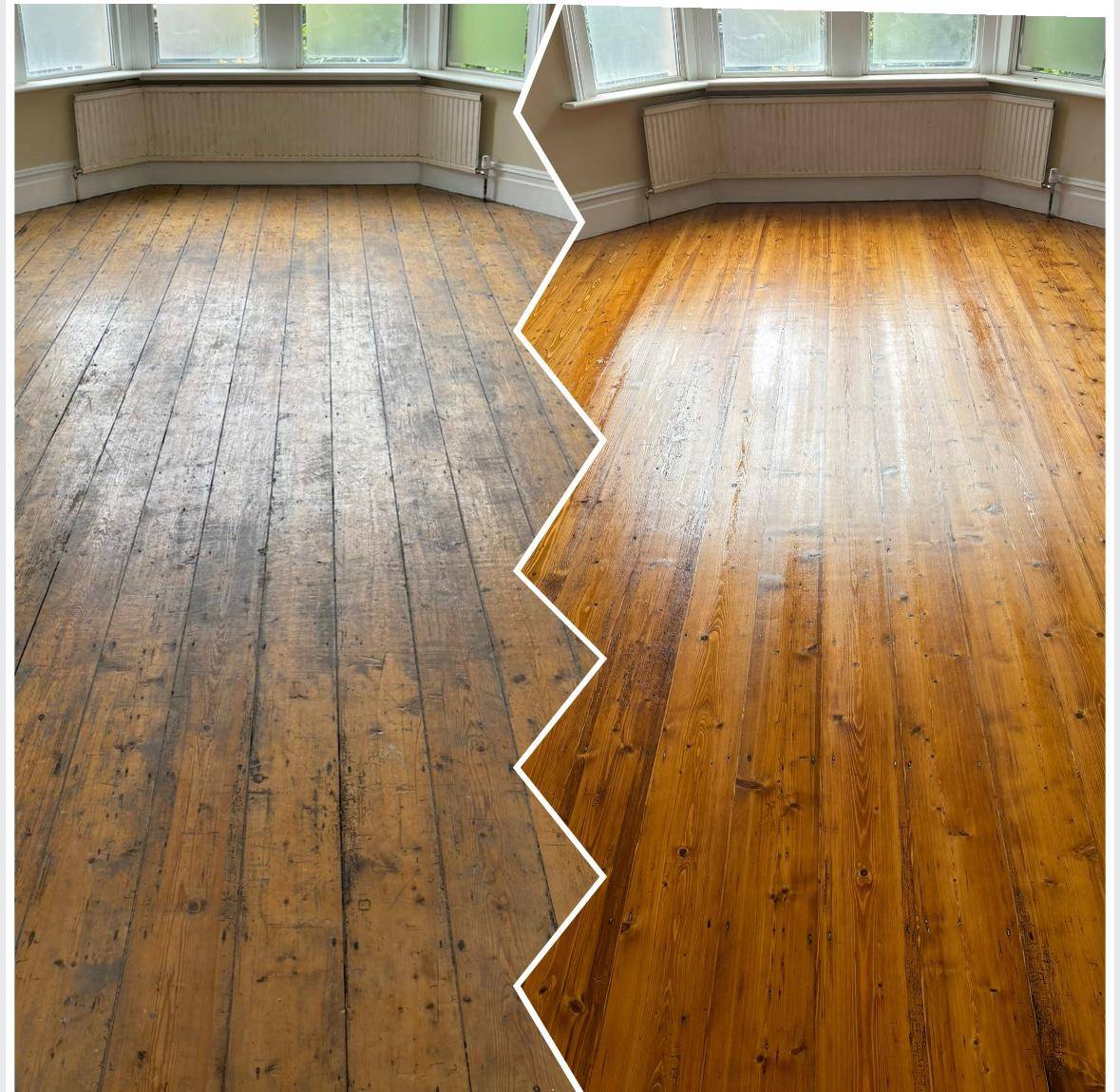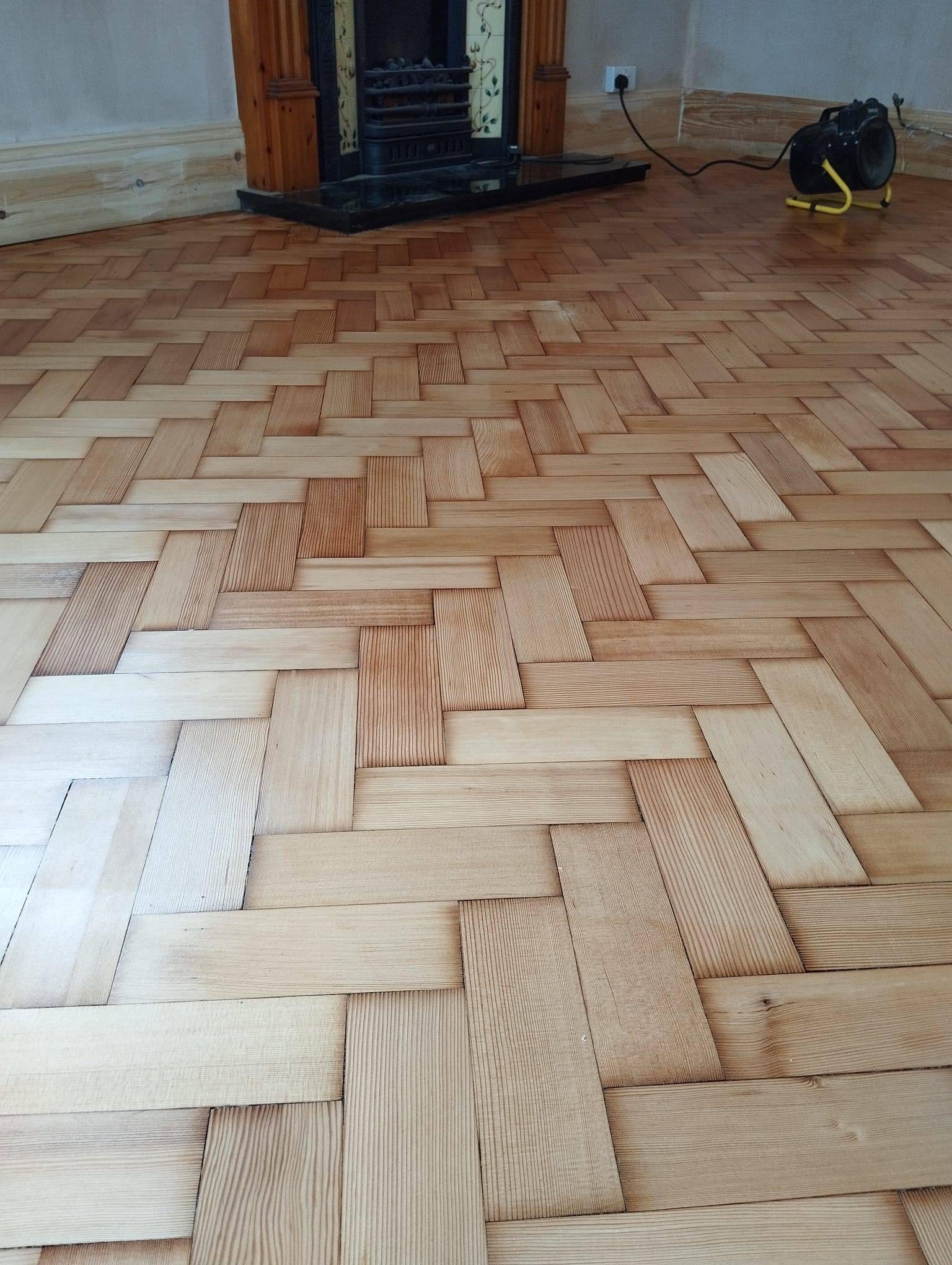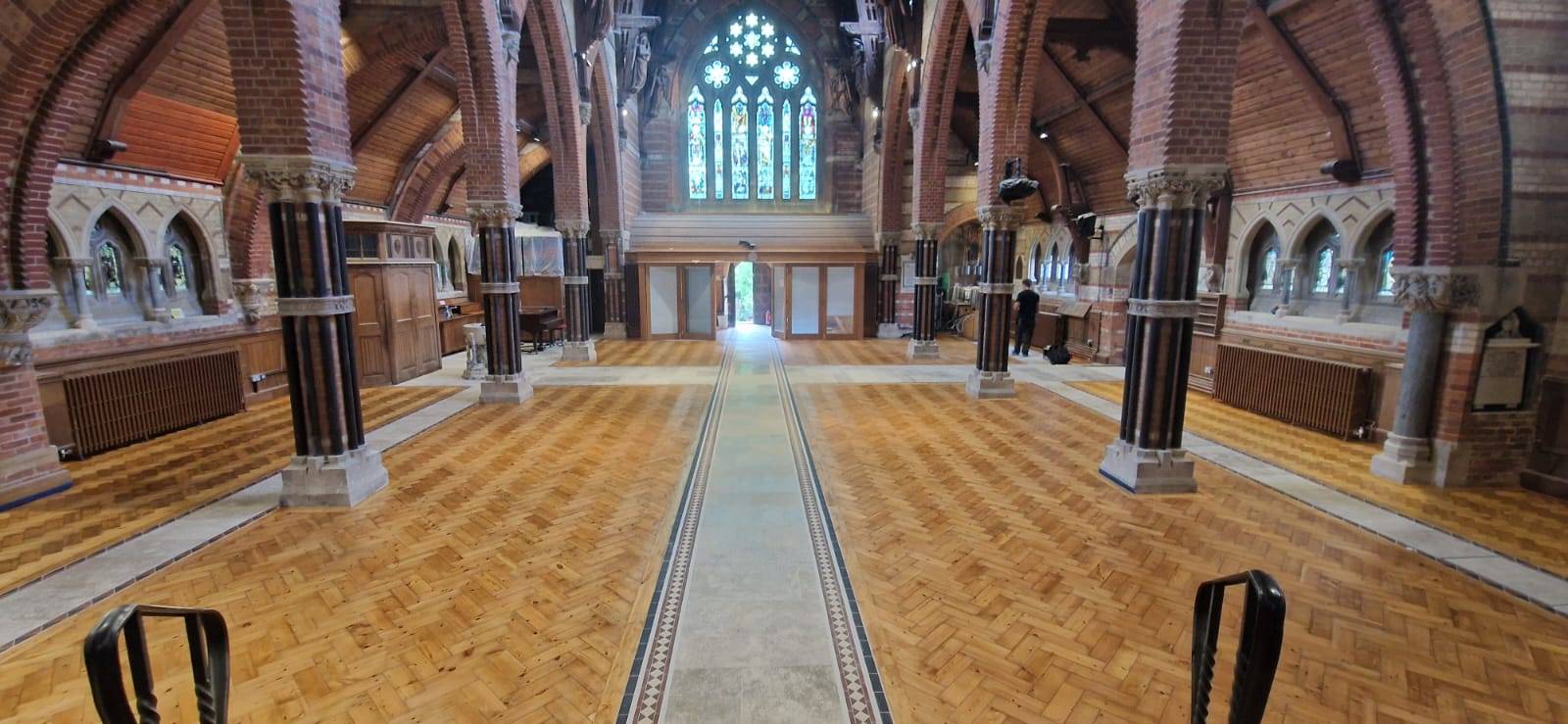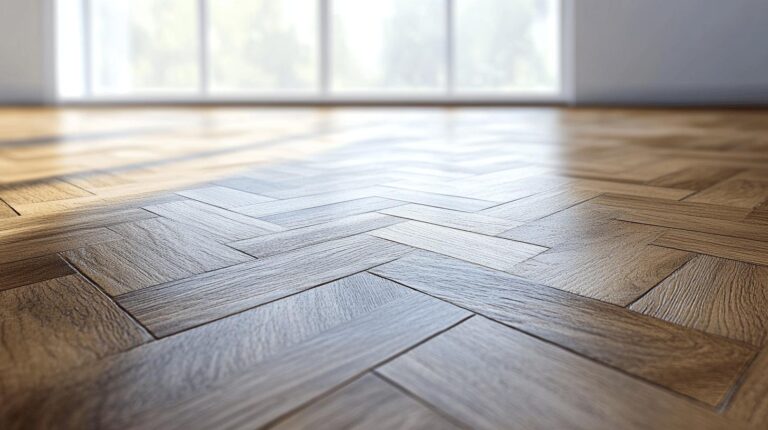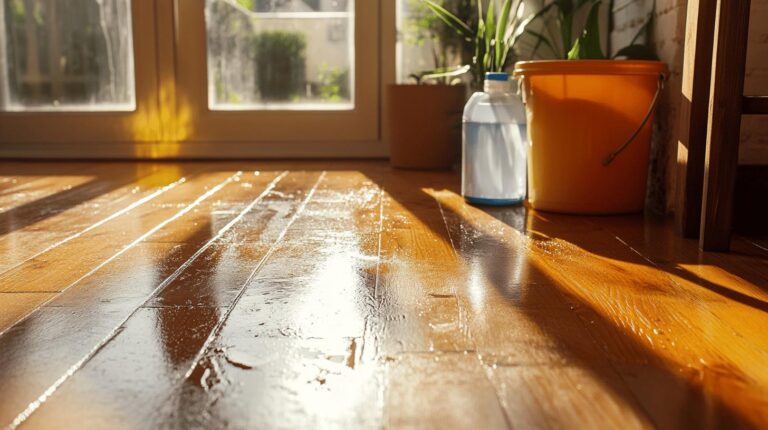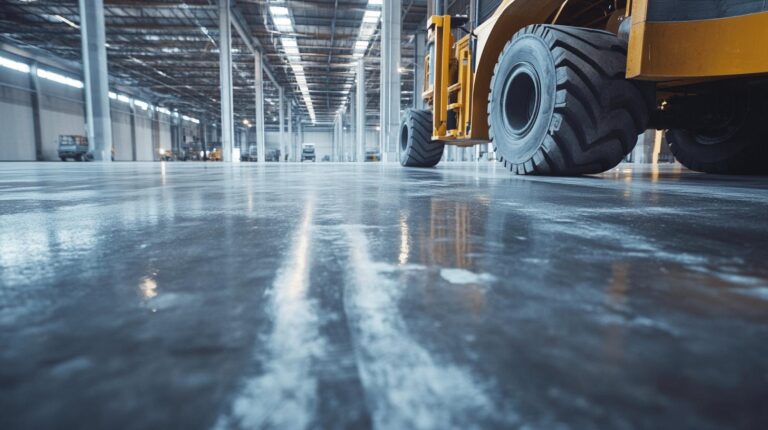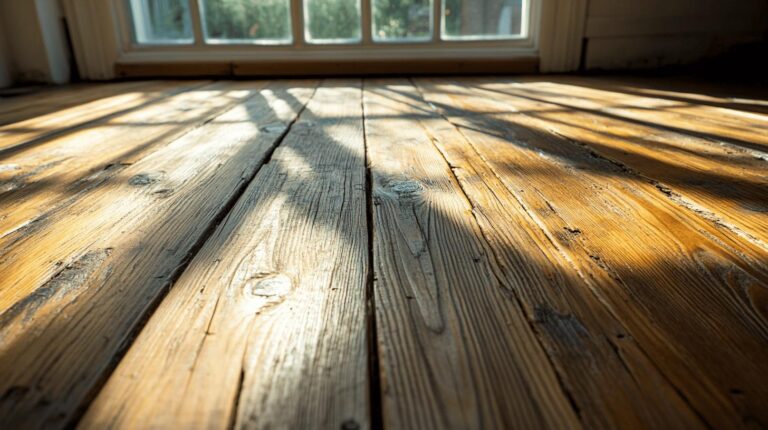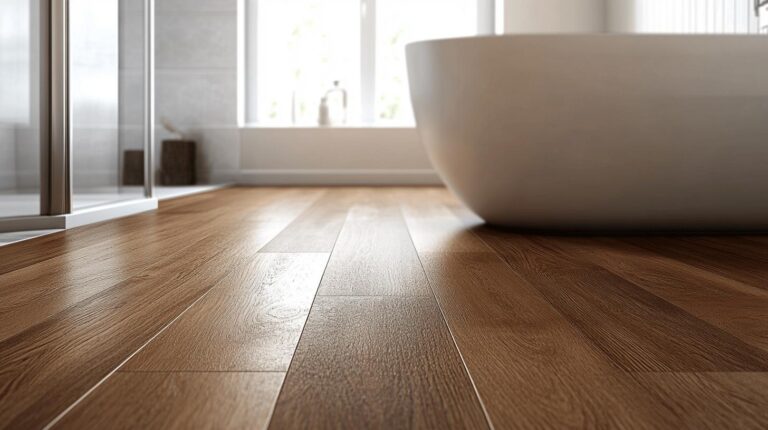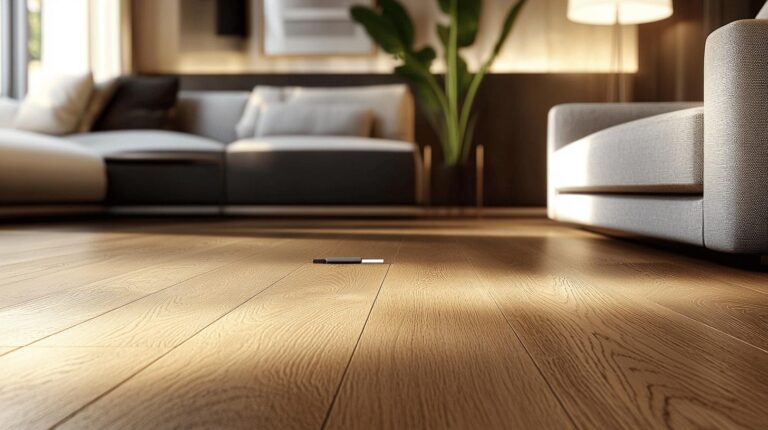Have you ever wondered about the impact heavy machinery moves can have on industrial wooden floors? It’s a common oversight, yet the consequences can be significant. Heavy machinery movement often leads to extensive wear and tear, encompassing scratches, gouges, and uneven surfaces. Raised access flooring, though robust, is not immune to damage from the concentrated weight of trolley wheels or castors. Explore how understanding these impacts early can help prevent costly repairs and maintain the integrity of your industrial flooring. Delving deeper, this article will examine the typical damages encountered and strategies for preservation.
Understanding the Impact of Heavy Machinery Moves on Industrial Wooden Floors
Heavy machinery movement on industrial wooden floors often results in significant wear and structural damage. Common types of damage include scratches, gouges, and the creation of uneven surfaces. While raised access flooring is designed to be robust, it remains vulnerable to the concentrated weight exerted by trolley castors or wheels, which can cause substantial harm.
- Scratches and surface abrasions
- Deep gouges from sharp or heavy edges
- Uneven surfaces due to wheel ruts
- Cracks in floorboards
- Loose or displaced floor panels
- Damage to floor finishes or coatings
.
The structural concerns arising from machinery movement are crucial to address early. Raised flooring panels, although built to withstand substantial loads, are vulnerable to both stationary and moving loads that can bend, buckle, or break the panels. Early recognition of these impacts allows for timely interventions, preventing further deterioration and ensuring the longevity of the flooring. Identifying and addressing these issues promptly can help maintain the floor’s integrity and functionality, reducing the need for extensive repairs and preserving the floor’s usability.
Best Practices for Preventing Damage During Heavy Machinery Moves
Preventing damage to industrial wooden floors during heavy machinery moves is essential for maintaining the integrity and longevity of the flooring system. Proper preventive measures not only protect against immediate harm but also reduce the need for costly repairs and maintenance. Overloading floor panels can lead to significant damage to panels, pedestals, and associated infrastructure such as cables and other floor supports. Ensuring these elements are safeguarded is crucial for seamless operations.
- Use protective mats or pads under machinery
- Implement load distribution strategies
- Employ reinforced flooring in high-traffic areas
- Use wheel paths to guide machinery movement
- Regularly inspect and maintain flooring systems
- Train staff on proper machinery handling techniques
- Use corner protectors for sharp edges
- Apply slip-resistant coatings for added protection
.
Weight distribution plays a pivotal role in protecting industrial floors from damage. Ensuring that heavy loads are evenly distributed across the floor can prevent undue stress on individual panels and floor components. Protective accessories, such as load-spreading plates and corner protectors, are instrumental in mitigating concentrated weight impacts, thereby reducing the risk of floor damage. Additionally, the use of slip-resistant coatings can enhance the floor’s resilience, providing an extra layer of protection against abrasions and wear. By adopting these preventive strategies, businesses can safeguard their flooring investments, ensuring durability and functionality in demanding industrial environments.
The Role of Load-Spreading Plates and Wheel Paths
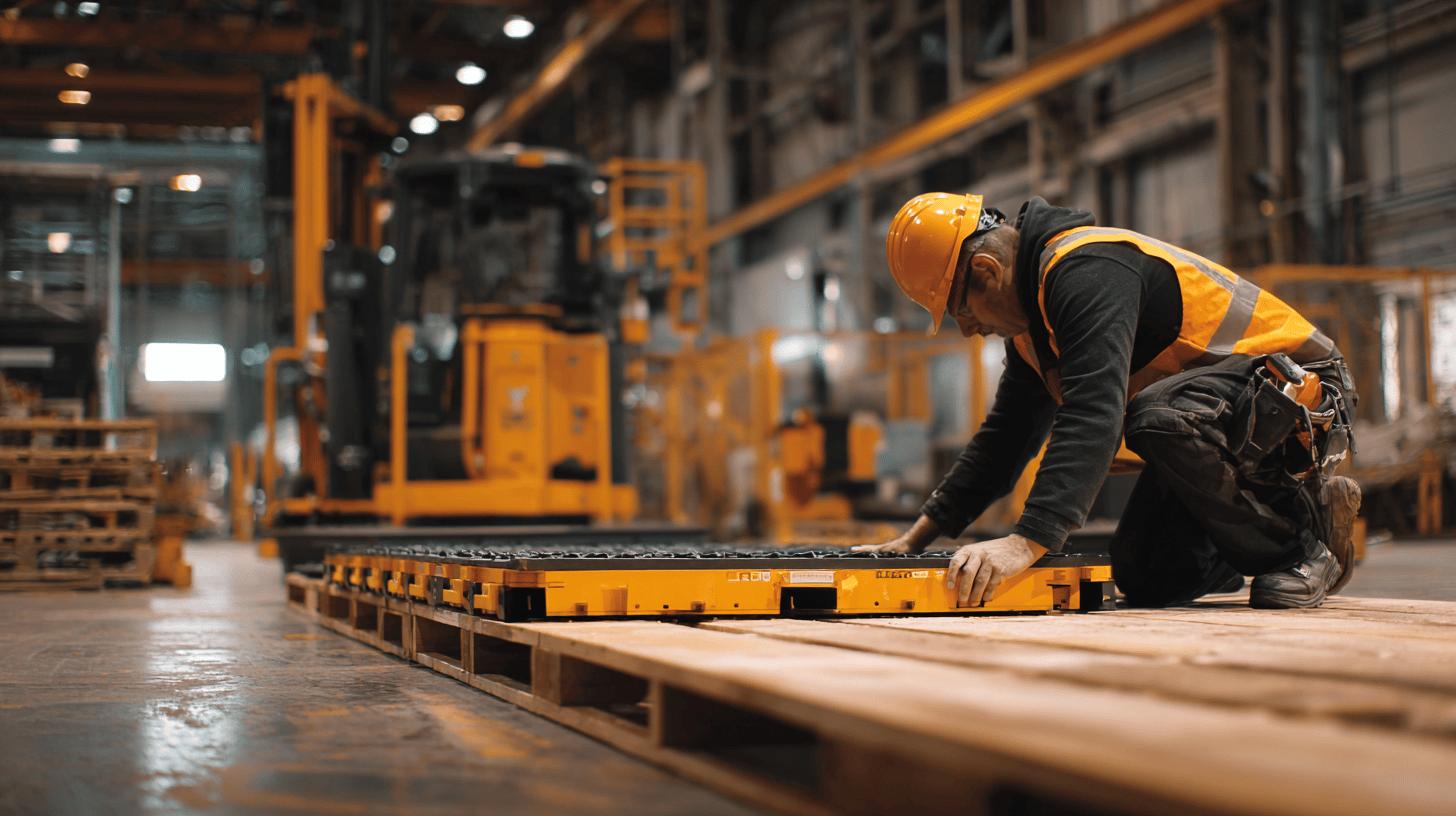
Load-spreading plates are crucial in safeguarding industrial wooden floors during heavy machinery moves. These plates distribute the weight of machinery over a larger surface area, preventing the concentration of stress on specific floor panels. This distribution mitigates the risk of bending, buckling, or breaking the panels, which are particularly vulnerable under stationary and moving loads. By implementing load-spreading techniques, businesses can enhance the load-bearing capacity of their floors and ensure structural integrity.
Wheel paths are instrumental in directing the movement of heavy machinery, minimising the risk of floor damage. By providing a designated path, they reduce friction and surface abrasion, preserving the floor’s finish and structural components. Utilising wheel paths ensures that machinery moves are controlled and predictable, significantly decreasing the likelihood of accidental damage. This proactive approach not only protects the flooring but also extends its lifespan, providing a reliable foundation for industrial operations.
Regular Maintenance and Post-Move Checks for Industrial Wooden Floors
Regular maintenance is critical for ensuring the longevity and functionality of industrial wooden floors, particularly following the movement of heavy machinery. Sanding, sealing, and repairs not only restore the aesthetic appeal of the flooring but also reinforce its structural integrity. Without consistent maintenance, floors become susceptible to accelerated wear, leading to increased repair costs and operational downtime. Implementing a routine maintenance schedule can mitigate these risks, preserving the investment in flooring and maintaining a safe working environment.
Post-move checks are essential to assess any potential impacts caused by machinery relocation. Begin by inspecting the floor for visible signs of damage, such as scratches, gouges, or loose panels. Cleaning the floor thoroughly is the next step, as this removes debris and dust that may obscure underlying issues. Following this, any necessary repairs should be addressed promptly to prevent further deterioration. Sanding may be required to smooth out abrasions and restore the floor’s finish. Finally, sealing the floor is crucial to protect against future wear and spills, ensuring the floor remains resilient against industrial demands.
- Inspect floors for visible damage such as scratches and loose panels
- Clean thoroughly to remove debris and dust
- Perform necessary repairs to address any identified issues
- Sand the floor to smooth out abrasions and restore finish
- Seal the floor to protect against wear and spills
.
Consistent upkeep of industrial wooden floors yields significant benefits. By addressing maintenance needs regularly, businesses can prevent minor issues from escalating into major repairs, thereby reducing downtime and associated costs. Furthermore, a well-maintained floor enhances workplace safety by providing a stable and secure surface for operations. The investment in regular maintenance not only prolongs the floor’s lifespan but also contributes to a more efficient and productive industrial environment.
Case Studies: Successful Machinery Moves on Industrial Wooden Floors
Understanding the impact of heavy machinery movement on wooden floors can significantly benefit from examining real-world case studies. These examples provide invaluable insights into the challenges faced and the strategies employed to overcome them. By learning from these experiences, businesses can adopt proven practices that minimise floor damage and optimise operational efficiency. Case studies also demonstrate how professional services, with their expertise and specialised tools, contribute to achieving a flawless finish while potentially reducing costs associated with DIY mistakes.
In one notable case, a manufacturing facility successfully relocated heavy machinery across an industrial wooden floor without incurring damage. The project involved utilising load-spreading plates and wheel paths, which effectively distributed the weight and guided the machinery’s movement. This method prevented concentrated stress on specific floor panels, preserving their structural integrity. Additionally, professional services were engaged to plan and execute the move, ensuring expert handling and precise load distribution. The result was a seamless transition with minimal disruption to operations and no subsequent floor repairs required. This example underscores the importance of strategic planning, the use of appropriate tools, and the expertise of professional services in managing heavy machinery moves efficiently and effectively.
Final Words
Navigating the movement of heavy machinery across industrial wooden floors demands thoughtful strategies to minimise wear and structural damage.
Examined were the typical impacts of such moves and proactive measures for damage prevention, including load-spreading and regular maintenance.
Proper management and preparation can significantly lessen the adverse effects on flooring, preserving its integrity.
The shared insights and detailed precautions aim to empower floor managers to protect their assets effectively.
Embracing best practices enhances both operational efficiency and longevity of wooden flooring, illustrating the pivotal impact of heavy machinery moves on industrial wooden floors.
Safeguard your factory floor → Commercial Floor Restoration
FAQ
Will heavy furniture damage wood floors?
Heavy furniture can indeed damage wood floors by causing scratches, dents, or even more severe issues. Without proper care or protection, the concentrated weight and movement of furniture can lead to significant wear and tear.
How do you move heavy furniture on a wood floor?
To move heavy furniture on a wood floor, use protective tools such as sliders or felt pads. These reduce friction and prevent scratches. Alternatively, lifting furniture, when possible, can help avoid direct contact with the floor.
What causes wood flooring to lift?
Wood flooring can lift due to changes in humidity, poor installation, or excessive force from heavy objects. Moisture causes wood to expand, while inadequate fastening and weight stress can exacerbate lifting issues.
What products should not be used on hardwood floors?
Avoid using abrasive cleaners, waxes, and oil-based products on hardwood floors. These can damage the surface, strip the finish, or cause discolouration, reducing the floor’s longevity and appearance.
